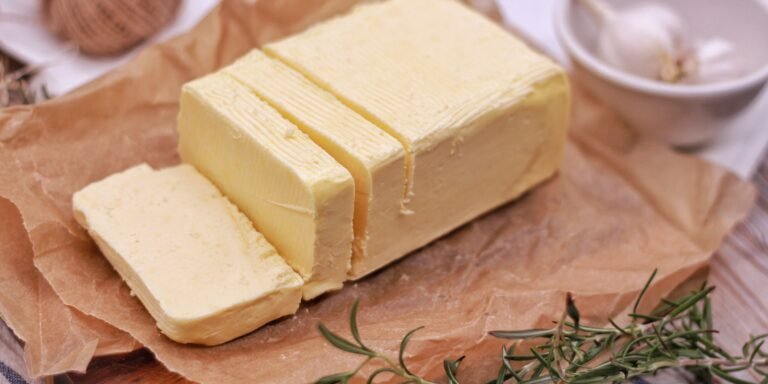How To Properly Store Quinoa Long-Term So It Doesn’t Go Bad
This post may contain affiliate links, full disclosure here.
Raw grains can be stored in an airtight container for years if kept in a cool, dry, and dark place. Quinoa is the edible seed of the amaranth family’s flowering plant.
As dried uncooked grains, they can be stored in the pantry for up to 2 to 3 years past their expiration date, and even longer if stored in the refrigerator or freezer. Storing them in the following containers with an oxygen absorber will ensure their freshness for a longer period of time:
- Glass mason jar
- Airtight plastic container
- Vacuum seal
Quinoa was originally known as “the gold of the Incas” because its protein helped Inca warriors maintain their stamina. It’s a very versatile grain that can be used in almost any recipe.
See also: Shelf Life Of Wheat Berries
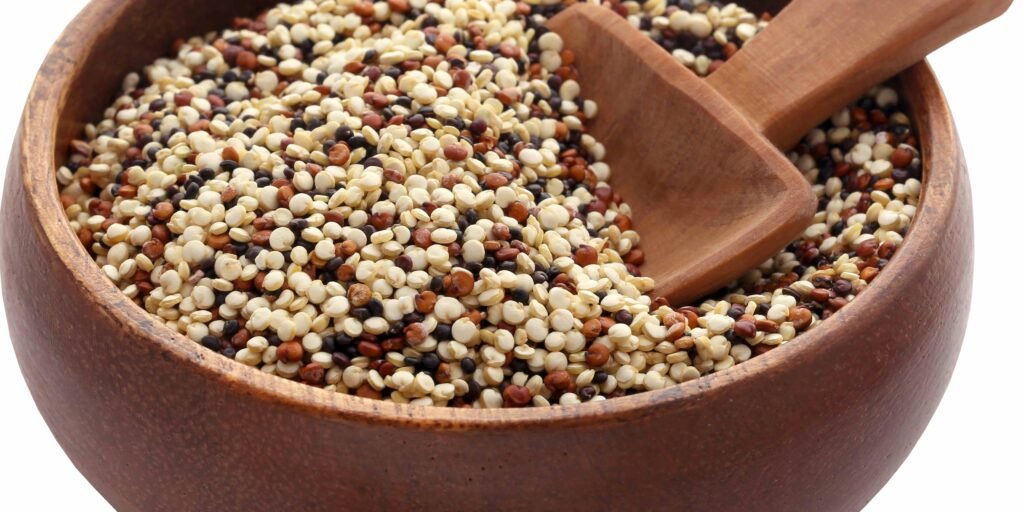
What Is Quinoa
It’s an edible seed that’s sometimes mistaken for a grain. It belongs to the amaranth family of flowering plants. Protein, fiber, and B vitamins are abundant in these seeds.
Quinoa is naturally gluten-free and contains 222 calories, 39 grams of carbohydrates, 4 grams of fat, 8 grams of protein, and 5 grams of fiber in one cup of cooked quinoa.
It’s prepared similarly to other grains like rice, but it’s a more nutritionally complete dish. It’s the only plant meal that has all nine necessary amino acids, making it a complete protein.
Because it does not grow on grass like wheat, oats, or barley, it is classified as a pseudocereal.
Although it is an ancient grain that has been used for ages, it has recently gained popularity as a health food. It cooks fast, unlike rice, and can be used in place of rice or other grains.

Why Store Quinoa?
Quinoa is regarded as a superfood because it contains more nutrients than most grains. Cooked, it contains 21% carbohydrates, which is comparable to barley and rice. It’s also the only carbohydrate source with all nine essential amino acids. It also contains iron, phosphorus, manganese, and copper.
This grain is also high in fiber and protein, as well as being gluten-free. Because of its high fiber content, it can also maintain satiety, or the feeling of fullness, for longer periods of time. This is useful in the event of a SHTF because it can lead to the preservation of the food supply. Preppers and survivalists should think about including this superfood in their emergency supplies.
In addition, the grain can be sprouted and planted. Quinoa is a relatively simple crop to grow and harvest. It is a very hardy plant that can grow in a variety of climates. It also produces a large number of seeds per plant, which reduces the amount of growing space required. In an SHTF scenario, having a versatile grain that has a long shelf life and can be planted easily will be critical to survival.
See also: How Long Does Masa Last
How Long Does Dry Quinoa Last?
It will last 2-3 years from the date of manufacture if kept dry and carefully stored. On the packaging, there should be a “best by” date. Because you don’t know how long it was sitting on the shelf before you bought it, stick to the “best by” date.
If you vacuum seal it for storage it will last much longer, up to 10 years.
See also: How to Plan for and Survive a Food Shortage
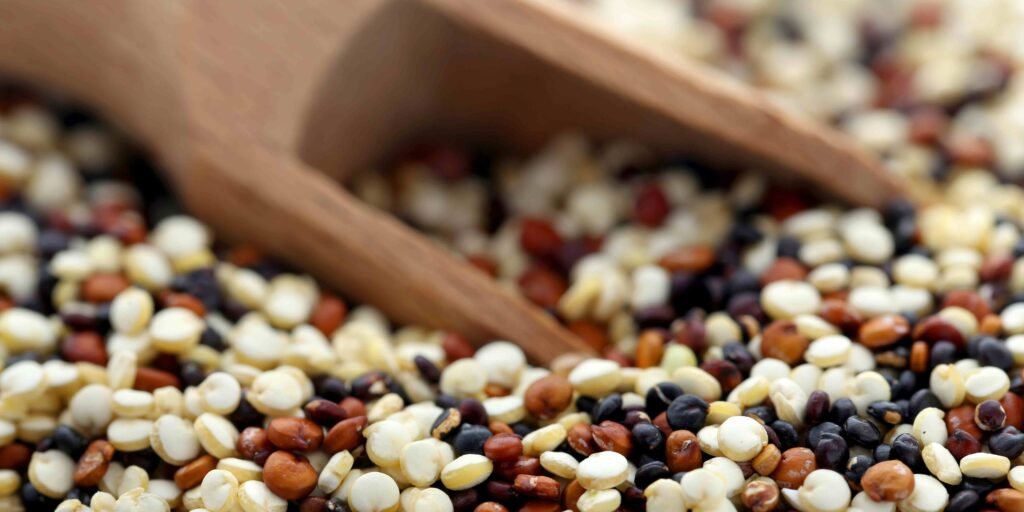
Methods for Keeping Quinoa Fresh
When storing quinoa, there are four things to keep in mind. The pantry, the freezer, the appropriate containers, and an oxygen-free environment are all required. All of these factors contribute to keeping quinoa, or almost any food, fresh for a longer period of time.
See also: What Foods Can and Cannot be Freeze-Dried: Complete Guide
Pantry
A pantry is a place where ingredients are typically kept. It can range from as small as a cabinet to as large as a small room. The most important aspects are that it is kept dry, cool, pest-free, and that sunlight is not allowed to enter the space. This is due to the fact that these factors contribute to the faster degradation of food and its packaging.
Quinoa can be stored in the pantry for up to two to three years after its expiration date. This is because it is kept in an airtight container and the pantry is in perfect condition (dry, cool, pest-free, and no sunlight is getting in).
Freezer and refrigerator
The freezer can be integrated into a refrigerator or purchased separately. The main distinction between the two is that a freezer can reach and maintain temperatures below 0 C (32 oF), whereas a refrigerator can only reach 1oC (33.8 oF), where food does not freeze.
Quinoa can be refrigerated for more than 3 years after its expiration date if properly stored in an airtight container and the temperature is kept below 5 degrees Celsius (41 oF). It may last longer if stored in the freezer. However, if the grains are not properly packed, freezing can result in faster degradation.
At temperatures below freezing, oxygen contributes to the moisture loss of all poorly packed frozen food, resulting in texture and taste changes. This is referred to as freezer burn. As a result, when preparing quinoa for freezing, a vacuum pack is the best way to store it because it removes almost all of the air in the packaging and prevents air from getting in.
See also: The Ultimate Guide to Starting a 3 Month Food Supply
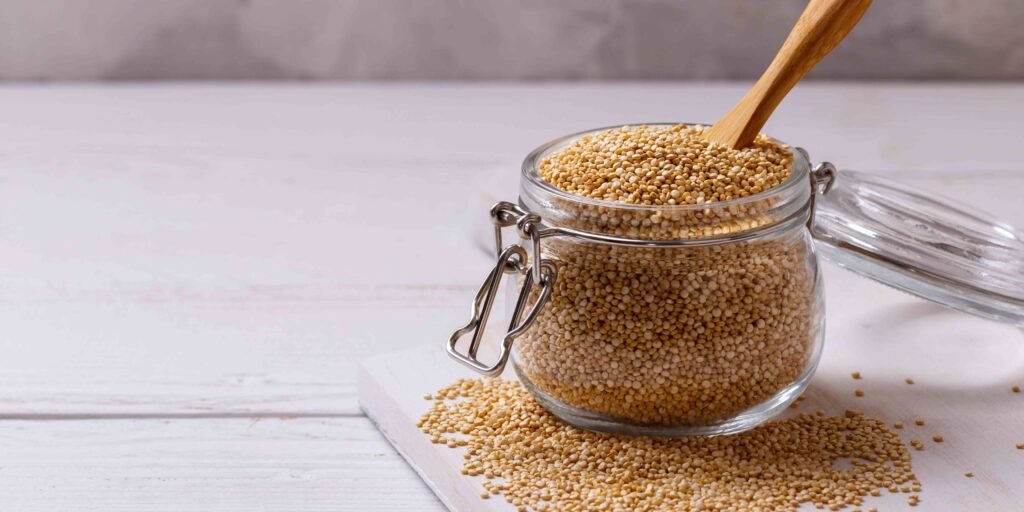
Appropriate Containers For Storing Quinoa
Quinoa’s shelf life cannot be extended in the pantry, refrigerator, or freezer without the proper storage containers. It is critical to use the appropriate type of vessel depending on where you intend to store them.
Glass mason jar
A mason jar is any glass jar with a screw thread around the outside of the mouth for a screw-on lid. What makes it superior to other types of jars for storing quinoa is that the mason jar remains airtight for years as long as it is stored in a dry place.
This container is best suited for quinoa storage in the pantry. It can also be used in the refrigerator or freezer, but the disadvantage is that it is bulky. Glass jars can be frozen, contrary to popular belief if done correctly.
Water expands when frozen and is the leading cause of freezer glass breakage.
However, because raw quinoa has a very low moisture content, this isn’t much of an issue.
See also: Best Survival Foods with Long Shelf Lives
Plastic Containers
If the weight of the container is an issue, plastic containers are an alternative to glass jars. Not all plastic containers, however, are created equal. Only four types of plastic are suitable for long-term storage. They are as follows:
- Plastic #1: PET (Polyethylene Terephthalate)
- Plastic #2: HDPE (High Density Polyethylene)
- Plastic #4: LDPE (Low Density Polyethylene)
- Plastic #5: PP (Polypropylene)
Look for the triangle symbol with a number inside it to determine the type of plastic used in a container. This is frequently discovered at the bottom of any plastic container. This isn’t a recycle sign, and it doesn’t say how many times the plastic can be recycled. The resin identification number identifies the type of plastic used to make the object.
One disadvantage of using plastic containers is that most are not freezer-safe. This means that if the container is stored in the freezer for an extended period of time, it will warp, break, or degrade.
See also: Food Dehydration Techniques for Emergencies
Vacuum Seal
This is possibly the best container for storing quinoa in the case of SHTF. The majority of vacuum packs are made of polyethylene (plastic #1), making them suitable for food storage. Vacuum packing eliminates air and oxygen, making it ideal for freezing. It can also be used to store food for an extended period of time in the pantry or refrigerator.
The only drawback is that the packaging cannot be resealed. An opened packet should be moved to another airtight container. It outperforms all other containers in terms of keeping quinoa or other food fresh for a longer period of time in the context of prepping.
See also: Best Prepper Foods to Stockpile
Oxygen Absorber
Small, permeable bags filled with iron powder are used as oxygen absorbers. Rust is formed when iron oxidizes as a result of reactions with oxygen and moisture in the air. This item, combined with vacuum packing, is the most effective way to keep quinoa fresh for the longest time.
Do You Need To Freeze Quinoa Before Storing?
You do not need to freeze your quinoa before storing it. If you would like to ensure your quinoa stays bug-free, add a bay leaf to your storage container whether it is a mason jar or a vacuum-sealed bag.
How to tell if Quinoa Is Spoiled
Foodborne diseases can be avoided by following proper cleanliness and food safety procedures.
It’s difficult to detect if quinoa has gone bad because it has a lengthy shelf life if kept dry. It doesn’t get rotten or stinky in most cases. Cooked quinoa that has gone bad will lose its texture as it hardens and then mould will form on it.
Of course, there are some health hazards linked with rotting goods, so always remember to practice food safety and consume your food before its expiration date!
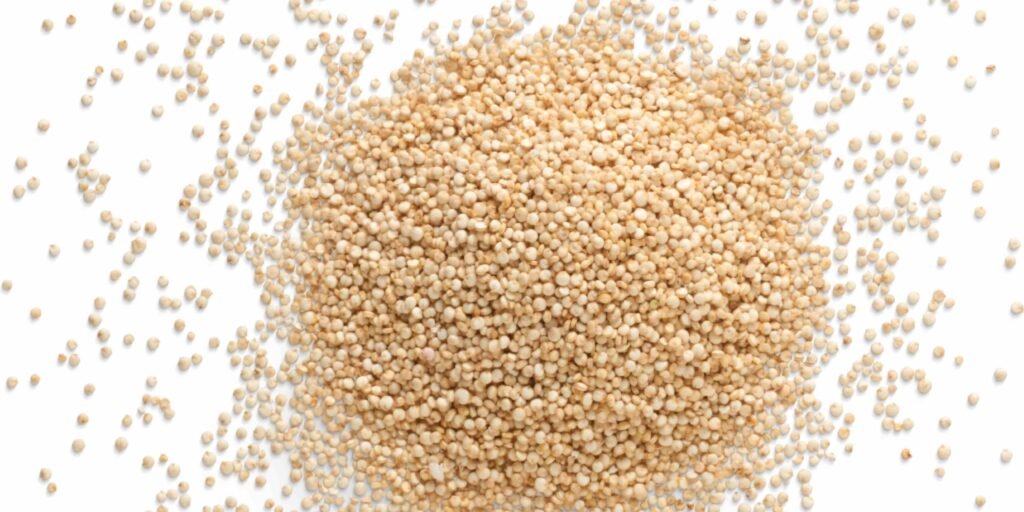
Why Do These Methods of Storing Quinoa Work?
The low temperature, low oxygen exposure, low moisture, and lack of sunshine exposure are the key reasons why these procedures operate.
Low temperatures in a pantry, refrigerator, or freezer decrease the metabolic processes that decay food naturally. Microorganisms that cause spoiling are also deactivated or killed at extremely low temperatures.
Pests won’t be able to eat quinoa if it’s kept in an airtight container, and germs won’t be able to get into contact with the grains. Furthermore, it is shielded from the impacts of oxygen. Oxygen initiates a chemical reaction in the food, causing it to go rancid and change its texture, smell, and taste.
Another element that can promote degeneration is moisture. This is because it has the potential to degrade the packaging, allowing bacteria and oxygen to enter the contents. It also encourages the growth of bacteria and fungi. The influence of moisture and oxygen is eliminated with the inclusion of an oxygen absorber.
Aside from these benefits, keeping the quinoa out of direct sunlight helps to prevent photodegradation. Some nutrients are sensitive to light. The nutritious content of food can be destroyed by exposure to sunshine.
See also: How To Preserve Rice for Long Term Storage
Health Benefits of Quinoa
Quinoa is a superfood that has been around for over 7000 years and is growing more popular in recent years. This delicacy, which hails from South America and is referred to as an “ancient grain,” is actually a seed rather than a grain. Quinoa is one of the world’s most popular health foods, with a long list of health advantages. It’s extremely adaptable and has all of the nutrients your body requires.
High In Fiber
Quinoa is extremely high in fiber. It’s twice as much as other grains, but also twice as much as other foods in general, at 17-27 grams per cup. This is a combination of soluble and insoluble fiber. Soluble fiber helps to decrease cholesterol and blood sugar levels. Quinoa loses some of its fiber when cooked because it absorbs so much water, but it is still packed with enough fiber to keep you healthy and regular.
Helps Strengthen Bones
The body requires more than calcium to maintain strong and healthy bones. Although a glass of milk is still beneficial to bone health, quinoa may be even more so. Foods low in minerals such as magnesium, manganese, and phosphorus are common in Western diets. Quinoa is high in all of these nutrients, as well as others, that the body requires to combat bone damage and osteoporosis.
Gluten Free
Gluten is a protein that occurs naturally in some meals. Gluten intolerance affects 3 million people in the United States. This is when one of quinoa’s advantages comes into play. People with celiac disease (gluten intolerance) could substitute their principal grain source in their diets with quinoa and still get enough protein, calcium, iron, and fiber to maintain a healthy diet. Although there are numerous gluten-free alternatives to bread, rice, pasta, and other grain-based foods and snacks, quinoa provides a more balanced diet than alternatives alone.
See also: Guide To Storing Flour Long Term
Good Source of Protein
Protein is essential for a well-balanced diet because it allows the body to repair and replace damaged cells. Protein is made up of a chain of amino acids, some of which the body cannot manufacture on its own, therefore we must obtain them from our diet. Quinoa has a substantially greater protein content than other plant meals and contains all of the essential amino acids. It even has a ‘complete protein, which means it contains all of the essential amino acids. This helpful little non-grain contains 8 grams of protein per cup.
Is An Antioxidant
Quinoa contains a large level of flavonoids. Antioxidants known as flavonoids are a type of antioxidant. These antioxidants, particularly polyphenols, help to prevent diseases including cancer, osteoporosis, and heart disease. Quinoa also contains antioxidants such as quercetin, kaempferol, vanillic acid, and ferulic acid, all of which are beneficial in the prevention of chronic disease and inflammation. Quinoa contains beta-carotene, a pigment that can help with a variety of ailments including premature aging.
See also: Dehydrated Food Shelf Life
Keeps Gut Healthy
Inflammation can be minimized by having a healthy stomach. Prebiotics, which are fiber components that operate in tandem with probiotic enzymes, are essential for gut health. They become food for healthy gut bacteria, which reduces inflammation and boosts the immune system. Quinoa has the ability to act as a prebiotic. Quinoa contains a certain amount of butyrate. Butyrate has the ability to eliminate extra T cells, which are a source of inflammation, as well as decrease any future inflammation. The easiest approach to get the most out of quinoa for a healthy gut is to soak it for 12–14 hours in water with a squeeze of lemon juice.
Source Of Vitamins
In terms of other nutrients, the list is long and promising. One cup of quinoa contains 30 percent magnesium, 28 percent phosphorous, 19 percent folate, 18 percent copper, and 15 percent iron in the daily dose. Contains 13% zinc, 9% potassium, and trace amounts of vitamins B1, B2, B6, calcium, vitamin E, and niacin (B3). All of this while containing only 222 calories, 39 grams of carbohydrates, and 4 grams of fat.
See also: How Long Does Powdered Milk Last
How To Store Quinoa Long-Term Bottom Line
To summarise, the easiest approach to keep quinoa fresh is to vacuum seal it and store it in the refrigerator or freezer with an oxygen absorber. Food stock must be stored in a designated pantry that is cold, dry, and dark for preppers. The easiest way to keep food is to refrigerate or freeze it, however when SHTF, the absence of energy from the grid can be an issue.
See also: Long Term Coffee Storage For Your Emergency Stash
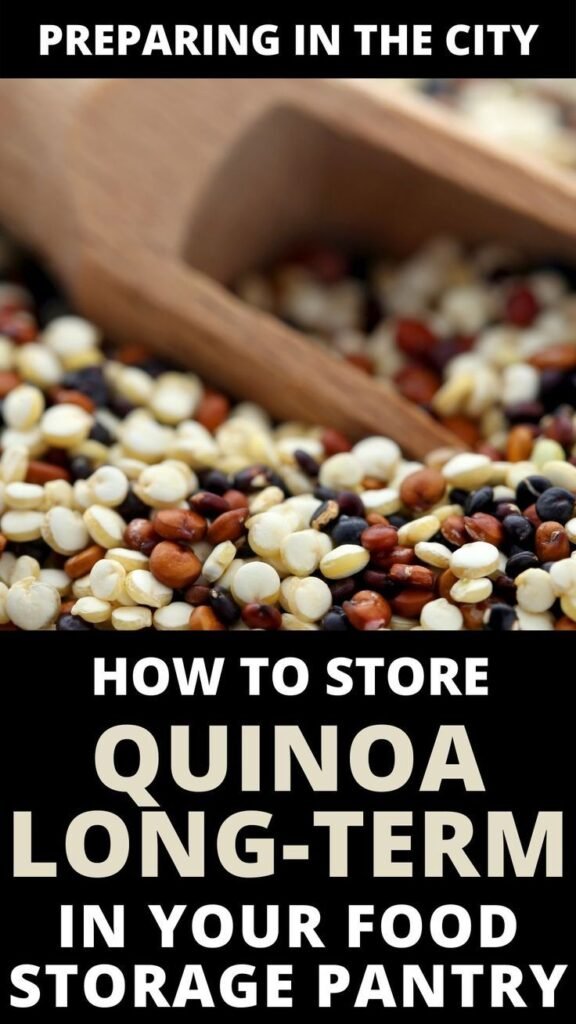

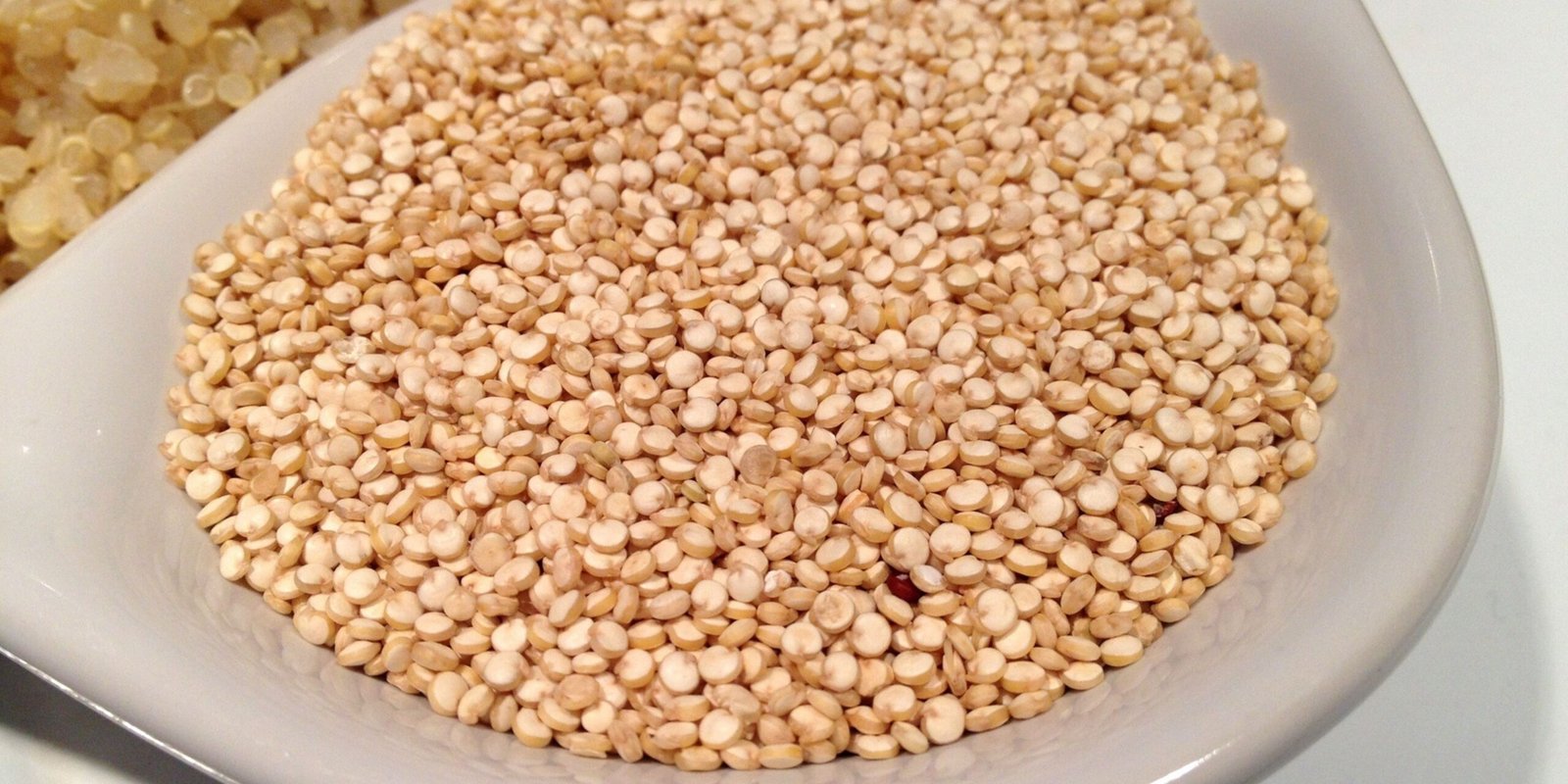
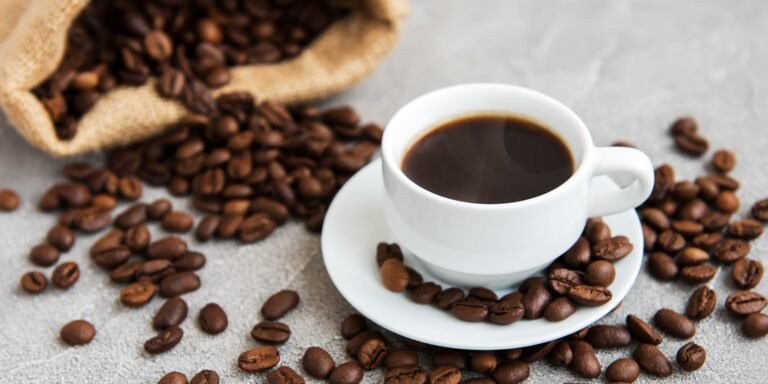
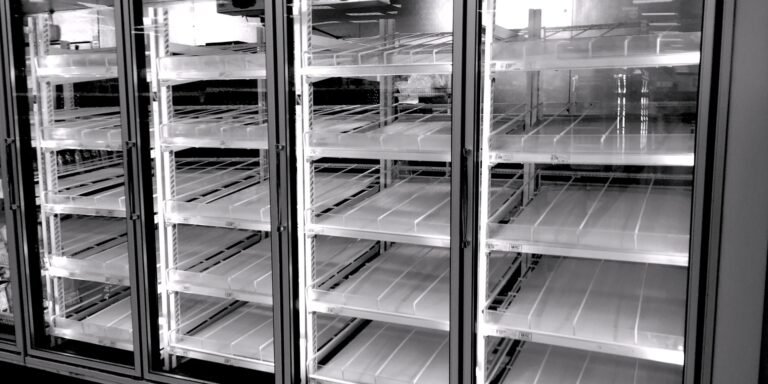
![Best Emergency Food Bars For Your Survival Pantry [That Don’t Taste Too Bad]](https://preparinginthecity.com/wp-content/uploads/2021/09/Best-Emergency-Food-Bars-for-Your-Survival-Pantry-768x384.jpg)
